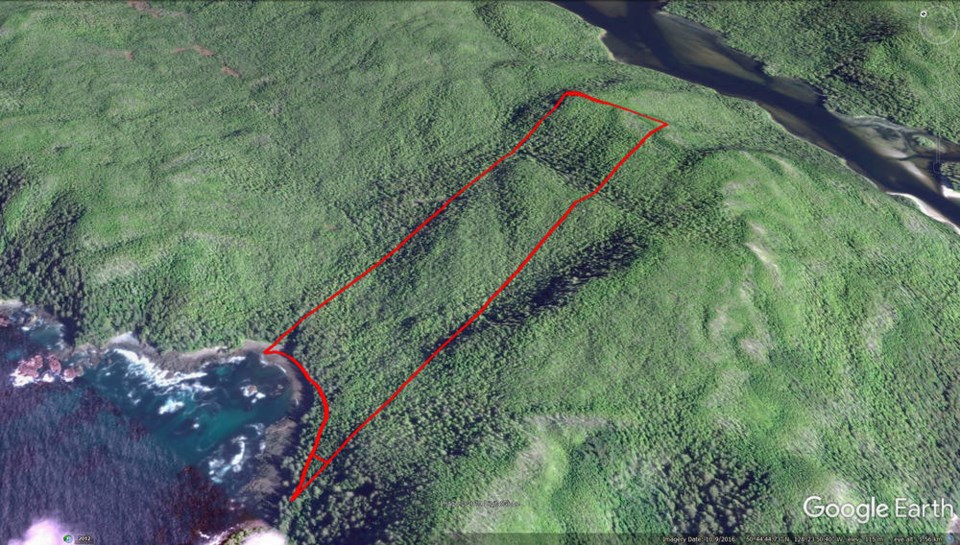One of the largest private owners of recreational property in British Columbia has sold 76 hectares of pristine wilderness on the North Island and another 130 hectares on Haida Gwaii to the provincial government for just over $500,000.
The NIHO Land and Cattle Company said the two North Island parcels are undeveloped within the boundaries of Cape Scott Provincial Park and contain old-growth timber. One has ocean frontage.
The two 65-hectare parcels on Haida Gwaii are located within Naikoon Provincial Park.
Rudy Nielsen, founder of the NIHO Land and Cattle Company, said in an interview Tuesday he gave the province “a pretty good deal” because he wanted to the land to stay in B.C. hands and be permanently protected by provincial parks.
The cumulative asking price for all four parcels was $1.55 million, said Nielsen. The final deal was $520,000.
He resisted a recent offer for above asking price from an “offshore buyer.”
An Environment Ministry spokesman would not immediately say whether the new lands would be folded into existing provincial parks.
Nielsen said he bought the parcels at Cape Scott and Haida Gwaii from an American owner in 1989.
Nielsen has built a massive land company in British Columbia over the decades, starting at age 24 with a beat-up truck and “a can of beans for supper.”
He’s thinking about retiring soon after a career that’s seen him buy and selling more than 500 recreational properties, islands and ranches through the province.
“I turn 80 next year and I’ve been doing this for 56 years, so I’ve seen all of the province, and wanted these properties to be protected,” he said.
“I didn’t want to see the properties at Cape Scott fenced off with a private cabin. I would go up there and walk the trails, pitch a tent. I love it up there.”
The larger Cape Scott parcel, at 60 hectares, is three kilometres south of Guise Bay and features about a kilometre of sandy beach close to Hansen Lagoon. The other is a 16 -hectare square lot covered in old-growth timber and dissected by the Fisherman River. Both are surrounded by provincial park land on all sides.
One of the Haida Gwaii parcels includes the Sangan River, about 11 kilometres east of Masset, and the other is about 10 kilometres south of the Rose Spit Ecological Reserve.
“I could sit there all day with a cold beer and watch the sea lions and all the birds you can imagine,” said Nielsen. “I’d curl up in a sleeping bag and do it all again the next day.”
Nielsen said that’s why it’s important to “bring the properties into B.C. hands, so we can keep walking those trails and enjoy those things.”
Cape Scott Provincial Park is located at the northwestern tip of the Island, 563 kilometres from Victoria, and is 22,294 hectares in size.
It was established in 1973 and named after the site of a lighthouse that has guided mariners since 1960. The park has more than 115 kilometres of ocean frontage, including about 30 kilometres of remote beaches with fine white sand, as well as rocky promontories, salt marshes and jagged headlands.
dkloster@timescolonist.com
